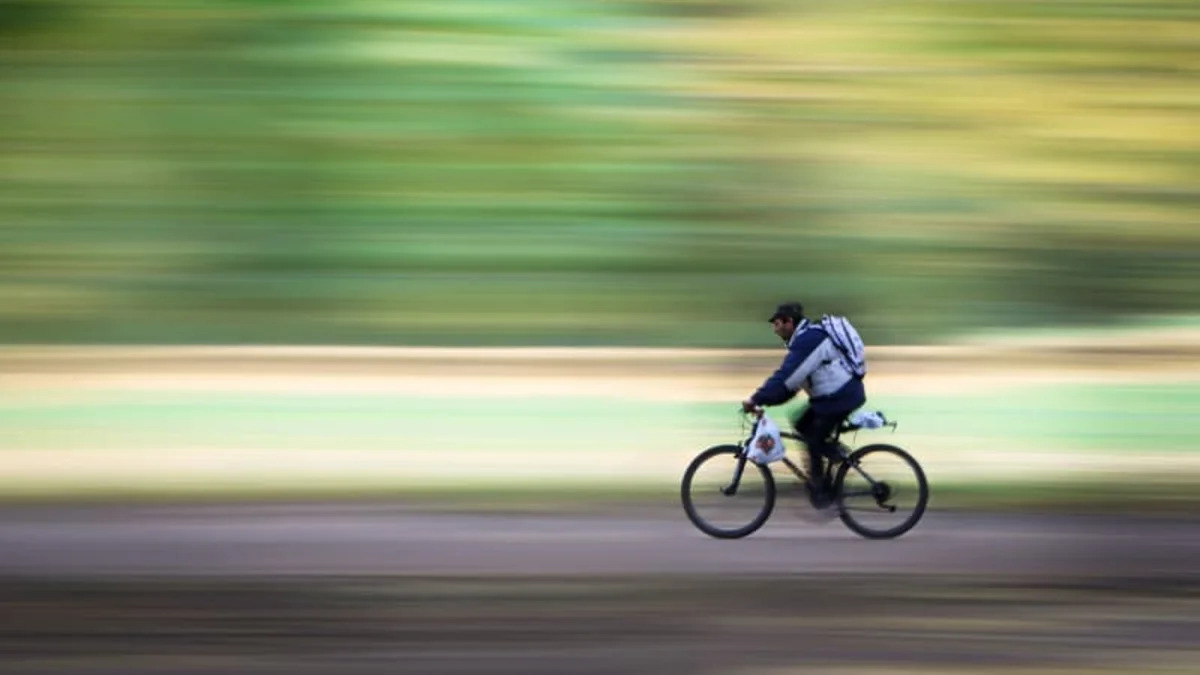Norway is considered a model for how to encourage electric driving. While it is difficult to calculate how much the country has spent to incentivize EVs (much of which comes from forgiving the otherwise hefty taxes on vehicle purchases), it appears Norway lost out on over $1.12 billion in taxes on electric vehicles over the course of 2014 and 2015. EV drivers also enjoy toll exemptions, free parking, and other perks with or without monetary value. And while some of these incentives are likely to expire soon, that's only because the nation easily surpassed its EV targets. Now, it's setting its sights on bicycles as the next clean mode of transportation.
Spending a bit on greening up its roadways is no huge deal. Norway has money. It has the second highest GDP per capita in the world, bested only by Luxembourg. Ironically, much of that money comes from Norway's vast oil wealth. Yes, the fact that it sells so much oil to other countries allows it to eschew fossil fuels itself. So while $1 billion seems like a lot to spend on an ambitious bicycle highway system in a mountainous country with short, cold days for much of the year, it makes more sense when you consider the ways in which Norway is exceptional.
The goal is to have somewhere from 10 to 20 percent of journeys take place via bike, compared to five percent in 2015. Norway would also like to have zero growth in automobile ownership through 2030, and making cycling a safer, quicker, and easier mode of transportation is an obvious way to help make that happen.
The roughly $923 million Norway plans to spend is part of a larger transit plan to reduce pollution. The country intends to switch many buses and trucks to low-emission vehicles, reduce the pressure on ferry lines, and spend over $6 billion to repair road and rail infrastructure. If Norway's plans work, and if these bike highways prove successful, the rest of the world could look to it as a model, once again, for how to clean up its transportation sector.
Related Video:
Spending a bit on greening up its roadways is no huge deal. Norway has money. It has the second highest GDP per capita in the world, bested only by Luxembourg. Ironically, much of that money comes from Norway's vast oil wealth. Yes, the fact that it sells so much oil to other countries allows it to eschew fossil fuels itself. So while $1 billion seems like a lot to spend on an ambitious bicycle highway system in a mountainous country with short, cold days for much of the year, it makes more sense when you consider the ways in which Norway is exceptional.
The 10 planned "super cycleways," serving nine major cities, will provide wide pathways isolated from other traffic to allow for easier commuting. Being designated strictly for bikes allows riders to travel more quickly and safely. If more people use the cycleways to commute, It could also help to alleviate automobile traffic, which has, in some cases, become clogged with electric vehicles using bus lanes and taking over parking. Of course, it'll also help Norway consume even less fossil fuels than it does. As for the steep grades outside of the cities, makers of electric-assisted bicycles stand to see an increase in business.There are 10 planned "super cycleways," isolated from other traffic to allow for easier commuting.
The goal is to have somewhere from 10 to 20 percent of journeys take place via bike, compared to five percent in 2015. Norway would also like to have zero growth in automobile ownership through 2030, and making cycling a safer, quicker, and easier mode of transportation is an obvious way to help make that happen.
The roughly $923 million Norway plans to spend is part of a larger transit plan to reduce pollution. The country intends to switch many buses and trucks to low-emission vehicles, reduce the pressure on ferry lines, and spend over $6 billion to repair road and rail infrastructure. If Norway's plans work, and if these bike highways prove successful, the rest of the world could look to it as a model, once again, for how to clean up its transportation sector.
Related Video:


Sign in to post
Please sign in to leave a comment.
Continue